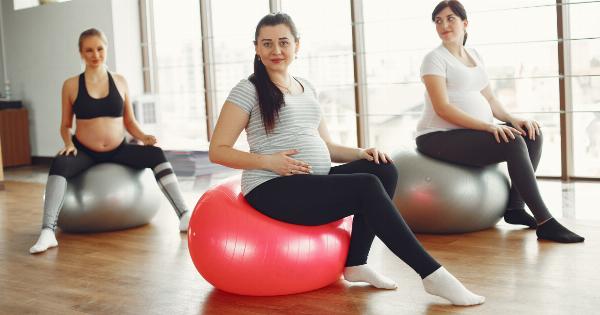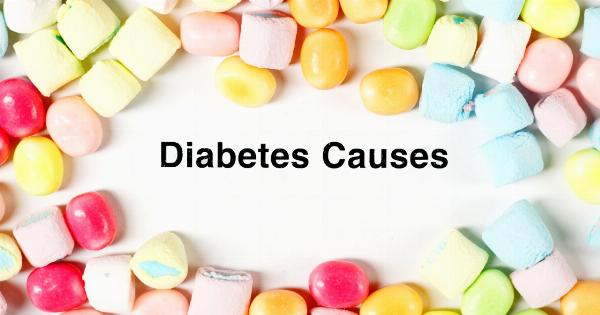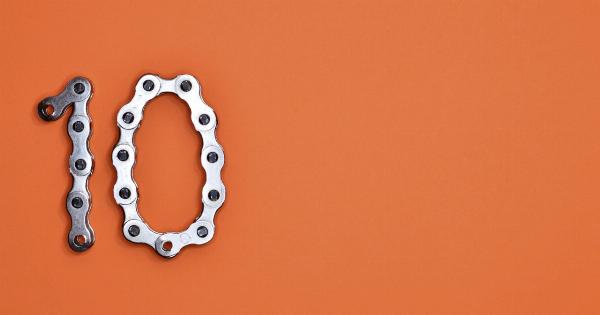Bladder and coccyx health are important aspects of a woman’s overall well-being. Unfortunately, there are several common risk factors that can negatively impact these areas of a woman’s body.
Understanding these risk factors and taking proactive steps to mitigate them can help in maintaining optimal bladder and coccyx health. In this article, we will delve into these risk factors and explore ways to promote a healthy bladder and coccyx among women.
Risk Factors for Bladder Health
1. Age: As women age, the risk of developing bladder problems increases. The muscles of the bladder may weaken, leading to conditions such as urinary incontinence or overactive bladder.
2. Pregnancy and childbirth: The changes that occur in a woman’s body during pregnancy and childbirth can put stress on the bladder. This can lead to issues such as stress urinary incontinence or bladder prolapse.
3. Menopause: The decline in estrogen levels during menopause can affect the bladder and surrounding tissues. This hormonal change can result in bladder control problems and increased vulnerability to urinary tract infections.
4. Obesity: Excess weight can put additional pressure on the bladder, increasing the risk of urinary incontinence or bladder prolapse.
5. Chronic constipation: Straining during bowel movements due to chronic constipation may weaken the pelvic floor muscles, which can impact bladder control and contribute to bladder problems.
Risk Factors for Coccyx Health
1. Trauma: Falls or direct blows to the coccyx area can cause injury and potentially lead to long-term coccyx pain.
2. Childbirth: The process of giving birth can strain the coccyx, leading to pain and discomfort. In some cases, the coccyx may even become displaced.
3. Obesity: Excess weight can put pressure on the coccyx, exacerbating any existing pain or discomfort.
4. Prolonged sitting: Sitting for long periods, especially on hard surfaces, can put pressure on the coccyx and contribute to coccyx pain or discomfort.
5. Poor posture: Slouching or sitting with improper alignment can strain the coccyx, leading to pain and discomfort over time.
Preventive Measures for Bladder and Coccyx Health
1. Pelvic floor exercises: Strengthening the pelvic floor muscles through exercises, such as Kegels, can help maintain bladder control and support the coccyx area.
2. Maintaining a healthy weight: Following a balanced diet and engaging in regular physical activity can help manage weight and reduce the risk of bladder and coccyx problems associated with obesity.
3. Good bowel habits: Maintaining regular bowel movements and preventing chronic constipation can reduce strain on the pelvic floor muscles and promote bladder and coccyx health.
4. Posture correction: Being mindful of posture and making efforts to sit and stand with proper alignment can relieve stress on the coccyx and promote better overall spinal health.
5. Seeking prompt medical attention: If any bladder or coccyx symptoms arise, it is important to consult a healthcare professional for an accurate diagnosis and appropriate treatment.
Conclusion
Being aware of the common risk factors for bladder and coccyx health among women is crucial in maintaining overall well-being.
By taking preventive measures and seeking appropriate medical advice, women can mitigate these risk factors and promote a healthy bladder and coccyx. Prioritizing self-care and making necessary lifestyle changes will contribute to a better quality of life for women in the long run.






























